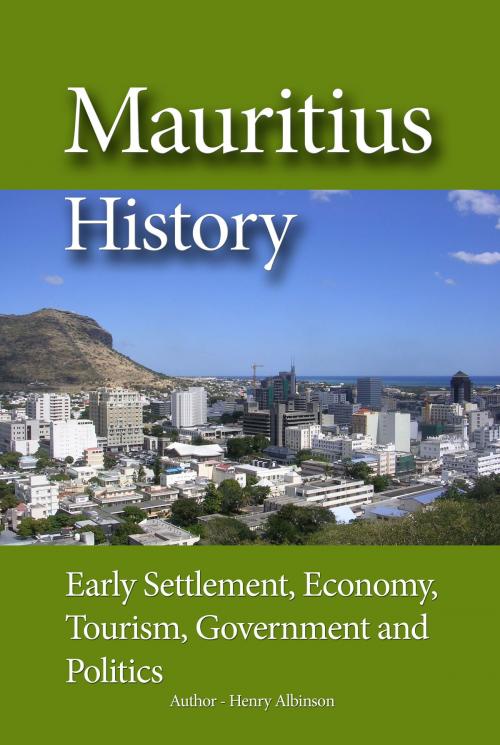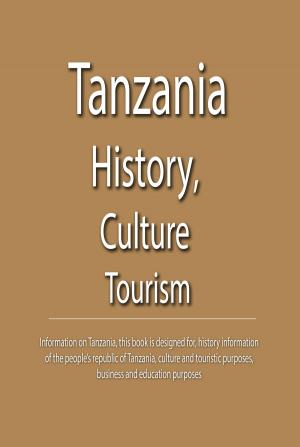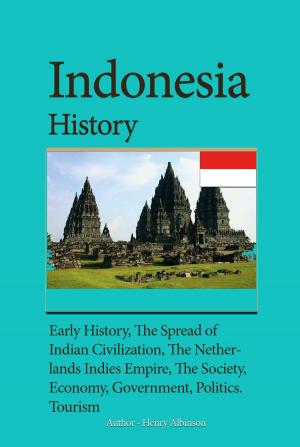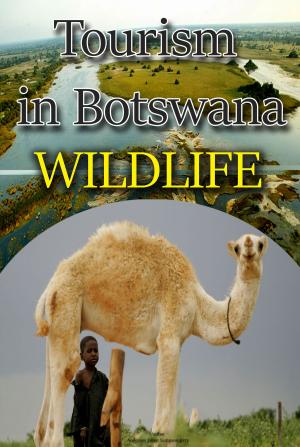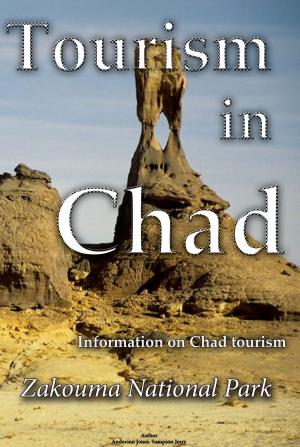| Author: | Henry Albinson | ISBN: | 9781310394355 |
| Publisher: | Sonit Education Academy | Publication: | June 25, 2016 |
| Imprint: | Smashwords Edition | Language: | English |
| Author: | Henry Albinson |
| ISBN: | 9781310394355 |
| Publisher: | Sonit Education Academy |
| Publication: | June 25, 2016 |
| Imprint: | Smashwords Edition |
| Language: | English |
Mauritius history book, Mauritius Geography, Mauritius Population, Mauritius Ethnicity, Mauritius Religion, and Language, Mauritius Economy, Mauritius Agriculture, Mauritius Industry, Mauritius Tourism, Mauritius Government and Politics, Mauritius culture
Although there is no evidence of human habitation on Mauritius before the early seventeenth century, Phoenicians probably visited the island about 2,000 years ago, and Malays and Arabs stopped on the island in subsequent centuries. The Portuguese charted the waters surrounding the island, which they called Ilha do Cirne (Island of the Swan), in the early sixteenth century. In 1638 the Dutch began colonizing the island, which they named after Maurice of Nassau, the stadthouder (head of state) of Holland. The island's first governor, Cornelius Simonsz Gooyer, presided over a small population of Dutch convicts and slaves from Indonesia and Madagascar, who sought to export ambergris, ebony, and other resources. After twenty years, the colony failed, as did a second settlement established in 1664. Poor administration and harsh conditions forced the Dutch to withdraw permanently by 1710. In addition to presiding over the extinction of the dodo bird and leaving behind perhaps some runaway slaves, swarms of rats, and ravaged ebony forests, the Dutch introduced a plant that was to be prominent in the island's future--sugarcane
Mauritius history book, Mauritius Geography, Mauritius Population, Mauritius Ethnicity, Mauritius Religion, and Language, Mauritius Economy, Mauritius Agriculture, Mauritius Industry, Mauritius Tourism, Mauritius Government and Politics, Mauritius culture
Although there is no evidence of human habitation on Mauritius before the early seventeenth century, Phoenicians probably visited the island about 2,000 years ago, and Malays and Arabs stopped on the island in subsequent centuries. The Portuguese charted the waters surrounding the island, which they called Ilha do Cirne (Island of the Swan), in the early sixteenth century. In 1638 the Dutch began colonizing the island, which they named after Maurice of Nassau, the stadthouder (head of state) of Holland. The island's first governor, Cornelius Simonsz Gooyer, presided over a small population of Dutch convicts and slaves from Indonesia and Madagascar, who sought to export ambergris, ebony, and other resources. After twenty years, the colony failed, as did a second settlement established in 1664. Poor administration and harsh conditions forced the Dutch to withdraw permanently by 1710. In addition to presiding over the extinction of the dodo bird and leaving behind perhaps some runaway slaves, swarms of rats, and ravaged ebony forests, the Dutch introduced a plant that was to be prominent in the island's future--sugarcane
